Description
The Coalbrookdale Viaduct & Upper Furnace Pool
Coalbrookdale is a village in the Ironbridge Gorge in Shropshire, England, containing a settlement of great significance in the history of iron ore smelting as this is where iron-ore was first smelted by Abraham Darby using easily mined “coking coal.” The coal was drawn from “drift mines” in the sides of the valley. As it contained far fewer impurities than normal coal, the iron it produced was of a superior quality. Along with many other industrial developments that were going on in other parts of the country, this discovery was a factor in the growing industrialisation of Britain, which was to become known as the industrial revolution.
Around 1536-41 at Henry VIII’s Dissolution of the Monasteries, there was a bloomsmithy, the earliest form of smelter capable of smelting iron, called ‘Caldebroke Smithy.’ The manor passed about 1572 to John Brooke, who developed substantial coal mining. The surviving old blast furnace contains a cast iron lintel bearing a date, which is currently painted as 1638, but an archive photograph has been found showing it as 1658. Coalbrookdale supplied round shot and grenado shells during the Nine Years War, but not later than April 1703, when the furnace blew up. It remained derelict until the arrival of Abraham Darby I in 1709.
Abraham Darby I rebuilt Coalbrookdale Furnace, and used coke as his fuel. His business was that of an ironfounder, making cast iron pots and other goods, an activity in which he was particularly successful because of his patented foundry method, which enabled him to produce cheaper pots than his rivals.
The railway which passes through Coalbrookdale was opened in 1864, and formed part of a through route from Wellington, via Much Wenlock to Craven Arms. The viaduct was built in the 1860s across Loamhole Brook and the Upper Furnace Pool to take the railway line from Lightmoor to Buildwas.
The Upper Furnace Pool, fed by a stream running through Loamhole Dingle, was constructed in 1658. It would have driven a large waterwheel powering the blast furnace of the Coalbrookdale Ironworks
Water power was important in the development of the industrial complex at Coalbrookdale, as early as 1754, it was noted that ‘[t]here is the most work done at these places, with the least water, of any place in England’.
By this time the system of six pools was serving five substantial ironworking sites — two blast furnaces and three forges. A 17th century tourist described the ‘heathen hell … [where] the men and women might easily be mistaken for devils and fairies’.
The red bricked building in the background of the picture is Dale House built by Abraham Darby I and the white building behind the trees is Darby House where Abraham Darby III (builder of the bridge) lived for a time.

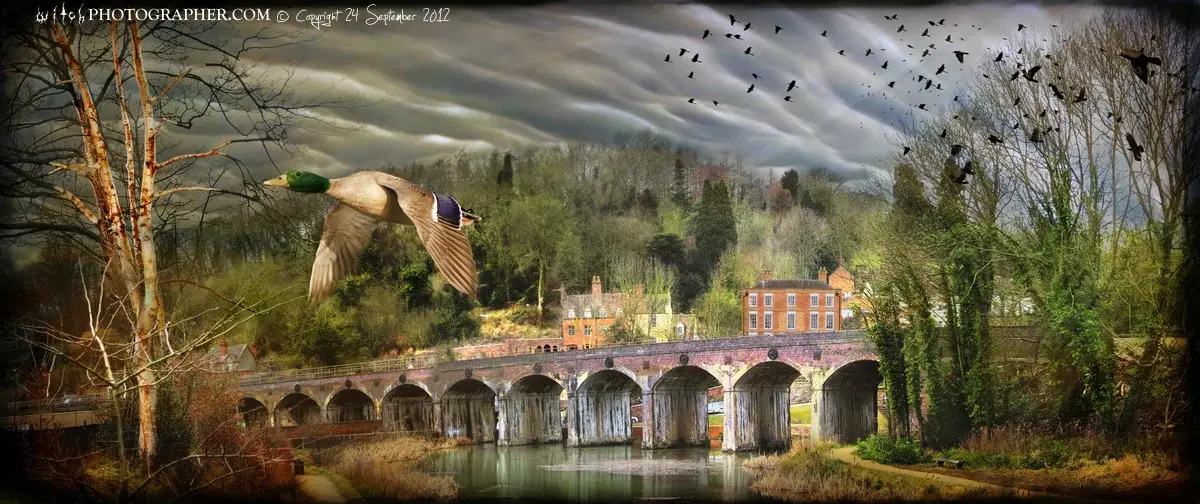
 Click a section to zoom in. These are
Click a section to zoom in. These are 































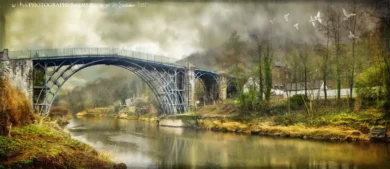


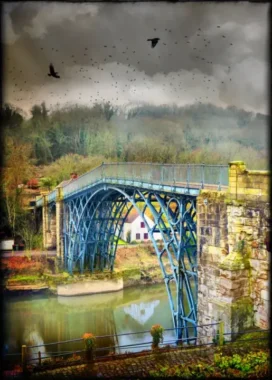
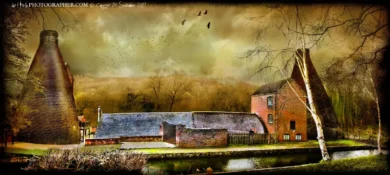
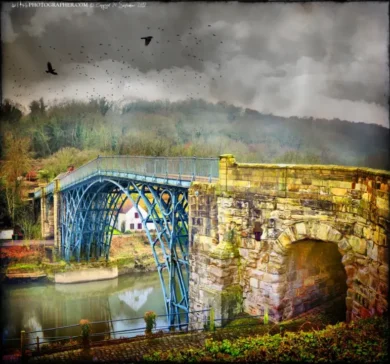


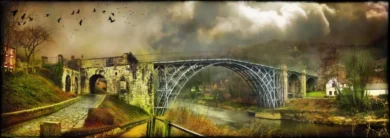




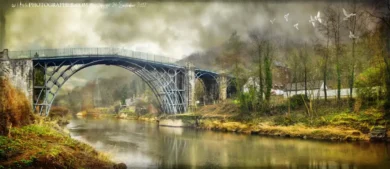

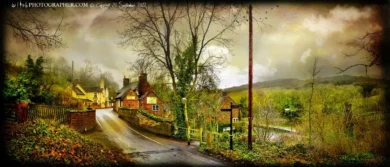
Reviews
There are no reviews yet.